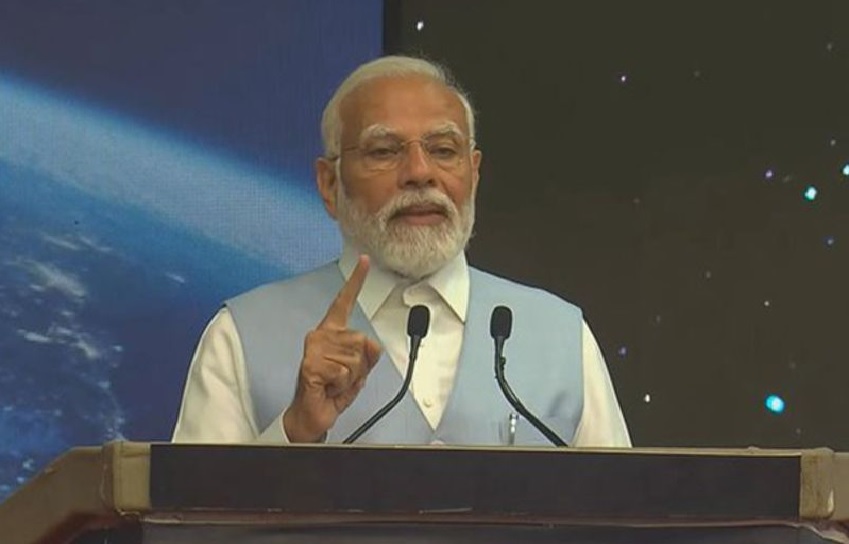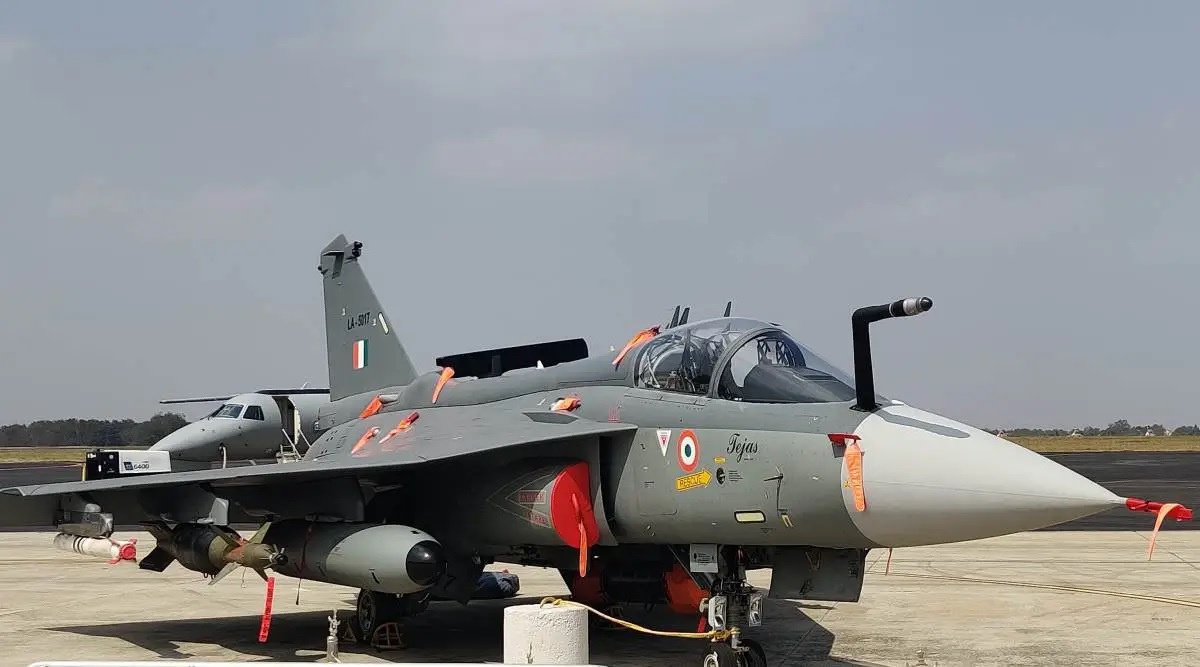PM Modi Announce India will have its own Station in Space by 2035

Space News , India :- Prime Minister Narendra Modi declared on Tuesday that India is set to establish its own space station by 2035, marking a significant leap in the nation's space exploration endeavors. Addressing a gathering at the Vikram Sarabhai Space Centre (VSSC) in Thiruvananthapuram, the Prime Minister also revealed plans for an Indian astronaut to land on the moon using indigenous rockets.
Modi emphasized the transformative role of India in the 21st century, showcasing substantial advancements across various sectors. He highlighted the country's remarkable progress by noting that in the past decade alone, India has launched about 400 satellites, a stark contrast to the 33 launched in the preceding decade.
Expressing his delight, the Prime Minister noted that a majority of the equipment for the Gaganyaan mission, India's first human space flight program scheduled for 2024-25, is domestically produced. Modi proudly announced the names of the four chosen Indian Air Force pilots who will be part of this historic mission, trained at the Yuri Gagarin Cosmonaut Training Center in Russia.
Commending the astronauts for their dedication, Modi stated, "These are not just 4 names and 4 humans, but 4 forces taking 140 crore aspirations to space." He underscored the significance of India's success in the space sector, asserting that it is fostering a scientific temperament among the nation's youth.
During his visit to Kerala, Prime Minister Modi reviewed the progress of the Gaganyaan mission and awarded 'astronaut wings' to the selected candidates at the Vikram Sarabhai Space Centre. The Gaganyaan project aims to demonstrate India's human spaceflight capability by sending a crew of three members to an orbit of 400 km for a three-day mission, safely returning them to Earth.
The prerequisites for the Gaganyaan mission involve the development of critical technologies, including a human-rated launch vehicle, life support systems, and crew management aspects. Various precursor missions, such as Integrated Air Drop Test (IADT), Pad Abort Test (PAT), and Test Vehicle (TV) flights, are planned to demonstrate technology readiness before the manned mission.
Highlighting the paramount importance of human safety, Modi emphasized the development of new technologies to ensure the success and reliability of the Gaganyaan mission. India's recent achievements, such as the successful soft landing of Chandrayaan-3 on the Moon's South Pole and the launch of Aditya-L1, have not only solidified the country's position in the global space economy but have also spurred the growth of the private space sector in India.
Looking ahead, India envisions establishing 'Bharatiya Antariksha Station' by 2035 and aims to send the first Indian to the Moon by 2040, further solidifying its place in the global space exploration landscape.


